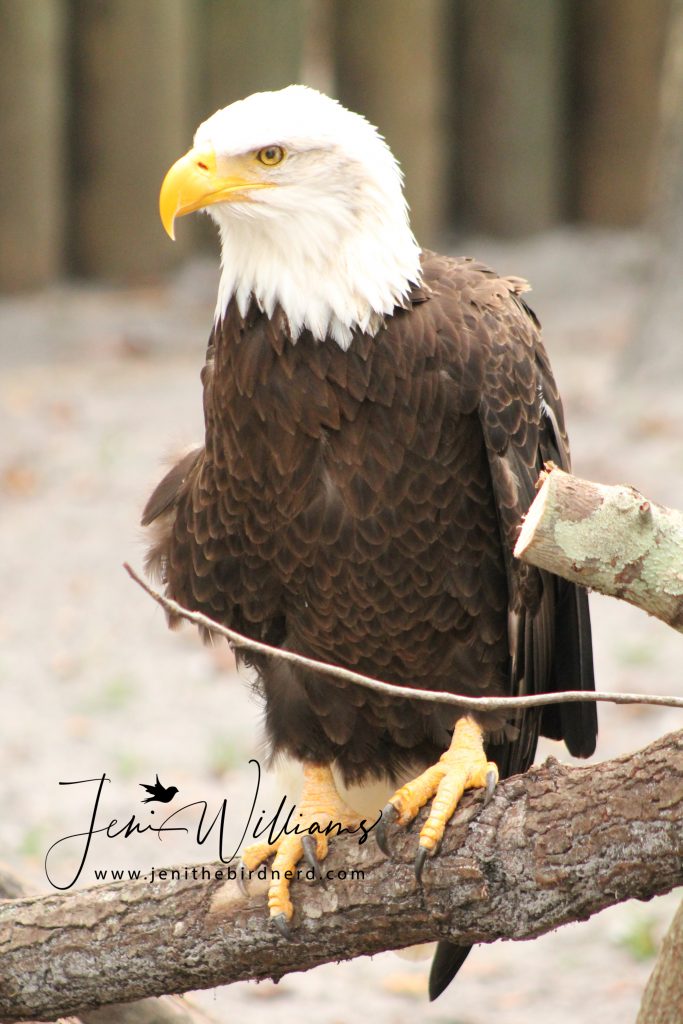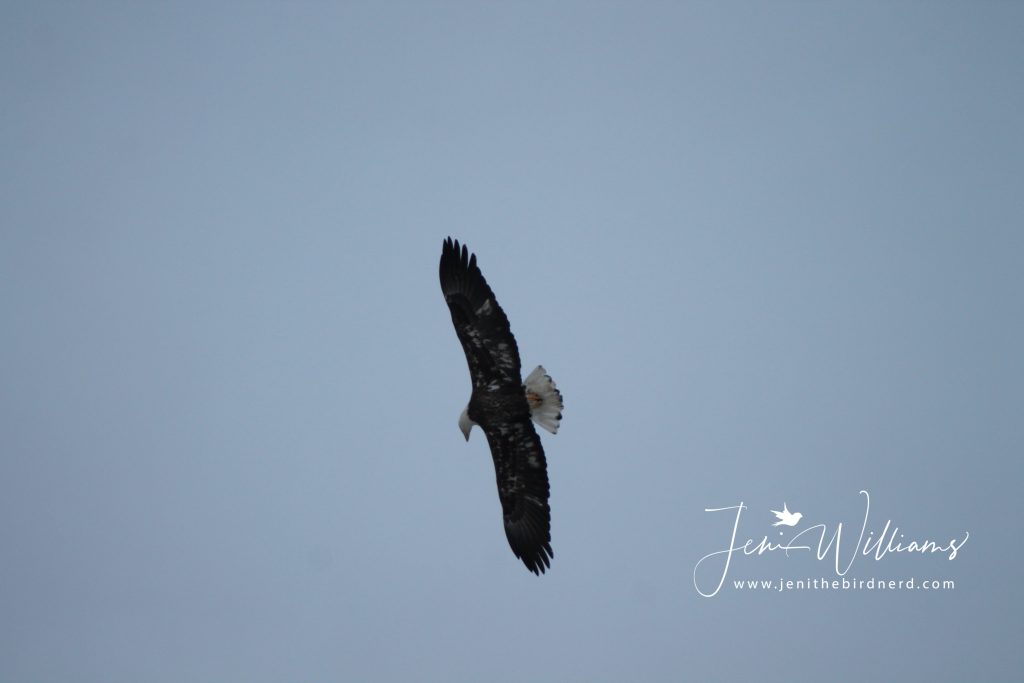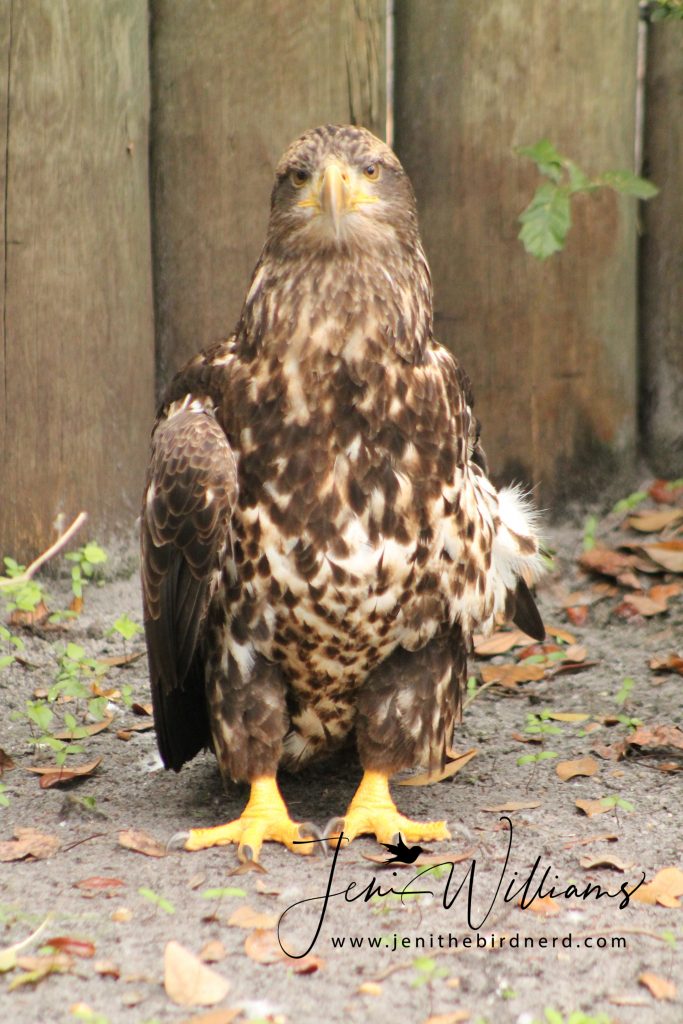Happy Independence Day, America! I hope you were able to spend some quality time with loved ones today celebrating the birth of the United States.
The Bald Eagle is our national bird and has been the emblem of the USA since 1782. In the 1950’s, the Bald Eagle nearly became extinct because of the use of the chemical DDT; through conservation efforts and the prohibited use of DDT, the Bald Eagle is making an impressive comeback. I remember as a kid, 10-12 years old, the only time I ever saw an eagle was up north in Cheboygan County, now I see them weekly right here in Montcalm County.
The Bald Eagle is a very large bird, weighing 7-15 pounds with a wing span of nearly 7 feet and an overall height of 28-38 inches. The Bald Eagle is one of the largest raptors in the world! Eagles typically live near a body of water and feast on fish, ducks, snakes and other small animals. You can also find them feasting on animal carcasses; you see this more in the winter when the waters are not open for them to hunt. Eagles have a keen sense of sight and swoop to catch their prey at speeds of up to 100 mph. Their large talons scoop up the prey and their sharp hooked beak pulls the flesh from the prey.
Eagles will mate for life and reach sexual maturity between the ages of 4 and 5. You can find an eagle nest high up in trees; again, usually by some sort of water source. If eagles like the area in which they build a nest, they will continue to use the nest and add on to it each nesting season. If you’ve ever seen an eagle’s nest, you know they are HUGE! Nests are constructed of sticks and can be up to 6-8 feet in diameter and up to 5 foot deep. Eagles only have one brood of eggs each year and can lay a clutch of 1-3 eggs. Incubation is done by both parents and it takes 34-36 days for the eggs to hatch once laid.
I photographed this bald eagle at Homosassa Springs State Wildlife Park in Florida in February of this year. This eagle is living at Homosassa Springs because it cannot live on its own in the wild; it’s missing its right wing. This eagle exhibit was very neat because they weren’t contained in a cage, all of the eagles in the exhibit were missing a wing so they cannot fly.
In this picture, you can see the wing span of these majestic birds. Another fun fact, you can tell that the eagle in flight is a juvenile eagle as the underside of its wings are not completely dark. Eagles don’t reach their adult plumage until 5 years of age. This picture was taken in the Crystal area in January.
Pictured below is a juvenile Bald Eagle taken at Homosassa Springs in February. We know that this is a young eagle because of the mottled body.



